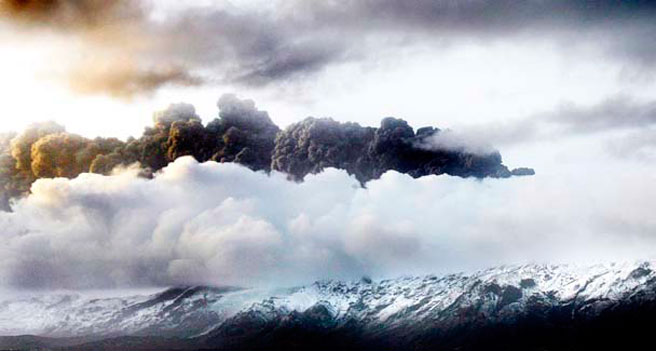Stop rushing and look up
Standing still can also be a freedom, says Clare Longrigg

As frustrating as the volcanic ash cloud is for anyone who needs to travel (including my husband, who is trying to get back to the UK in time for the children to start school on Monday), becoming a no-fly zone has its advantages.
Already people have commented about the rare and blissful silence over Kew Gardens, which usually resonates with the sound of planes coming in and out of Heathrow.
The impossibility of flying also forces us to think about how things could be if we stopped taking for granted our freedom to rush about all over the world. Standing still can also be a freedom. For anyone not in a panic to get to work, this is a rare opportunity to stop and stare at the sky. We can’t see any sign of volcanic ash today in London, but we may be in for some spectacular sunsets, especially in the west of Scotland.
Gavin Pretor-Pinney, author of The Cloud Collector’s Handbook (Sceptre) says, ‘It’s a moment to pause and contemplate, looking at a sky that is as it would have been 100 years ago. It’s only since World War II that we have been scarring our skies with these lines of progress that follow aeroplanes.’
After the eruption of Krakatoa in 1883, the sunsets became so dramatic that cloud-watching became a fad for the Victorians. Two months after the volcanic eruption, ‘the sunsets were causing people to gasp and write poetry, send letters to newspaper editors and paint vivid pictures,’ writes Simon Winchester in his book Krakatoa: The Day The World Exploded (HarperCollins).
Even contemporary news reporters waxed lyrical. One New York paper reported: ‘the entire island seemed ablaze and great tongues of flame shot up from across the water, reddening the south-western sky and tinting the Jersey shore with delicate shell colours’.
We may not see such dramatic results, but at the very least, this eruption will encourage people to pause and gaze at the sky.





